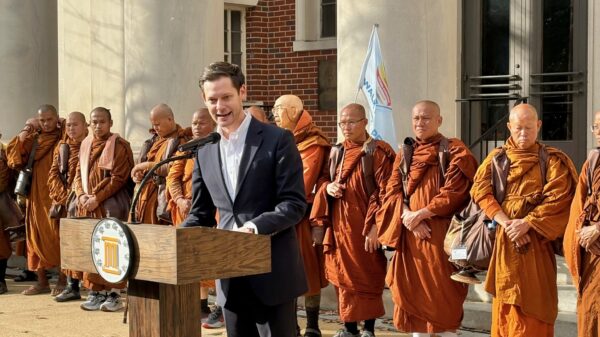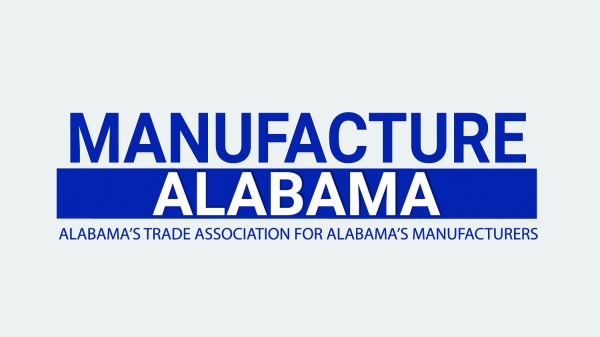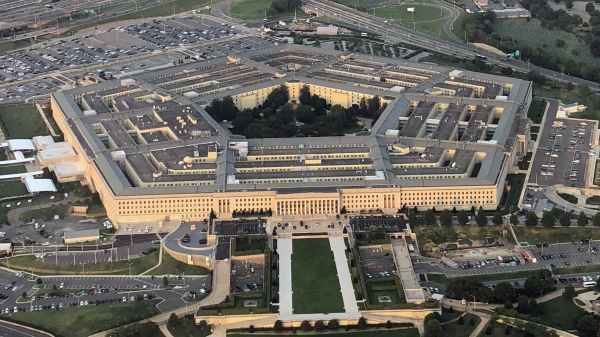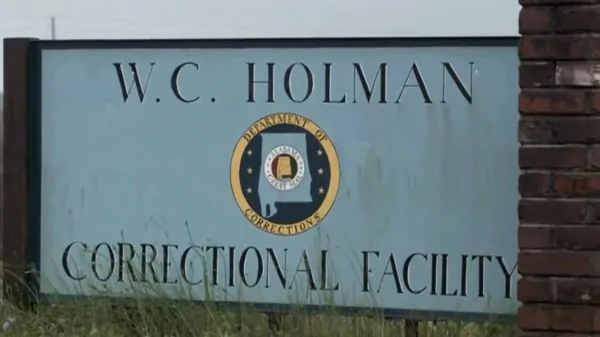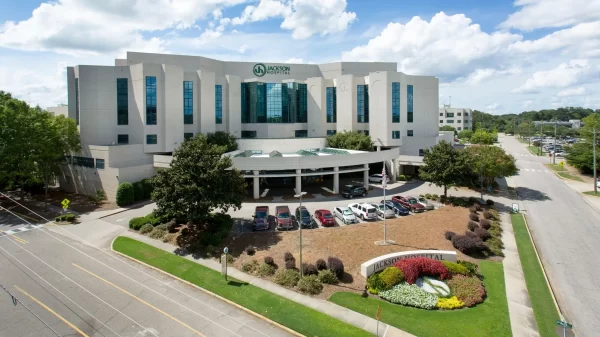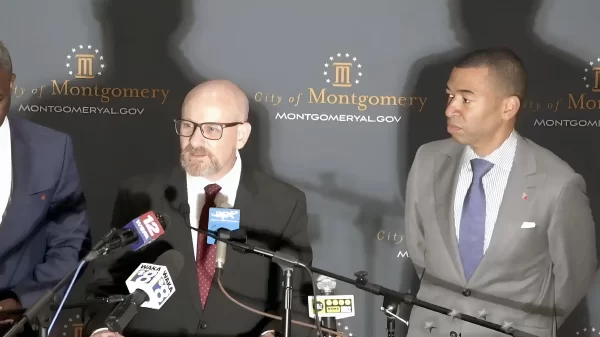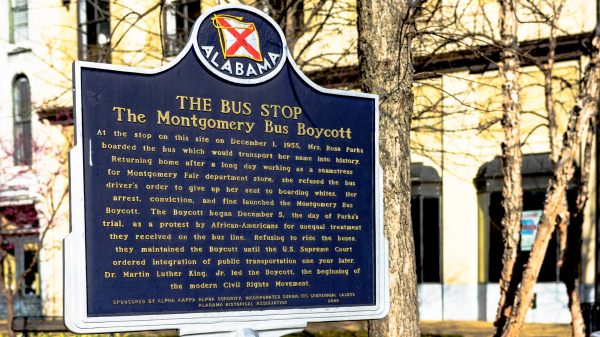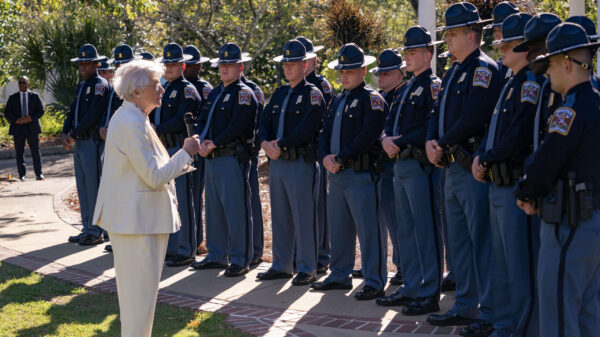By Josh Moon
Alabama Political Reporter
The City of Montgomery is planning to study the idea of creating a city-operated school system, moving from the current county system.
It is nothing more than window dressing meant to appease the business community.
It is the latest in a long line of “fixes” for the troubled Montgomery Public Schools system, but like the rest of them – including the ongoing Alabama State Department of Education intervention – it ignores the root causes of the problems in favor of window dressing designed to fool outsiders that the school system is changing.
If anyone doubts the ineffectiveness of such a shallow approach to decades’ old issues, look no further than the ongoing intervention.
It has been handled poorly on every front, and because officials ignored the dynamics of the city, ALSDE officials, including State Superintendent Michael Sentance, cut locals out of the process. That has led to community mistrust and has led Sentance to cozy up to a Montgomery community organizer named Cubie Ray Hayes, a longtime and well-known community figure who often serves as a go-between for city officials and community leaders on sensitive matters.
But the intervention’s biggest issue is that it hasn’t gone as billed. When the intervention came to life, it was pitched as a means to pump resources into the system to help children – a goal supported by State School Board member, Ella Bell, who was the force behind getting the intervention off the ground – it has done little more than shuffle funds from one set of administrators to another set. And privately, Bell has told those close to her that she has felt let down and unhappy.
Much of her unhappiness – and many of the complaints from those around the city of Montgomery – can be traced back to a belief that Sentance and others had hidden objectives for the intervention. Those goals, put in place by Sentance, business leaders and lawmakers, see Montgomery as an opportunity to implement business-friendly ideas, such as expanded tech programs and “school choice.”
According to sources familiar with the plans, the school choice effort would include charter schools and more “community schools” – schools that offer a variety of services, such as health care, adult training, etc., in addition to academics.
While those ideas have their positive and negative attributes, what’s unclear is why either the city or ALSDE need such major upheaval to do any of them. And what makes no sense is the idea of moving to a city-run system – which would exclude just four schools from the new city system.
Strange has said numerous times that his primary reason for switching to a city system would be to eliminate the board-operated setup of the county system, which he believes is inefficient. Instead, he wants it to be run like a city, where the mayor operates the city day to day, makes personnel decisions and sets policy, and the city council handles larger policy matters.
But that’s only a solution to problems if the Montgomery County School Board is your biggest problem.
It’s not.
Sure, the board has screwed up plenty, and it has allowed race and pettiness to overshadow teaching and learning a number of times, but it is not the cause of MPS’s struggles.
Simple math is.
First and foremost, Montgomery has a large number of citizens, and school-age children, living at or below the poverty line. Poverty, no matter where you go or what race of people that poverty affects, is the one constant in under-performing school districts.
But Montgomery makes things even worse.
Starting just after the Brown v. Board of Ed. Decision in 1954, private schools started popping up all over Montgomery. At one point in the 1970s, Montgomery had more private schools than any other city in the country.
The white, wealthy people of Montgomery will tell you that these exist for some other reason than race. It’s an outright lie. Those private schools, in a city with a population that is better than 40 percent white, are 90-plus-percent white. The public high schools, except for one traditional and the magnets, are 98-plus-percent black.
There are thousands of white Montgomerians who, between the ages of 1 and 18, interacted regularly with no other black kids, and vice versa. Many of those people are in leadership roles in this city now, which helps explain how they can’t see the real problems in the school system.
With so many Montgomery families sending their kids to private schools, the economic demographics of the public school system take a nosedive.
And it doesn’t stop there.
On top of all of the private school students, the system also loses 7,000-plus of its best overall students to its magnet program. That’s one-quarter of the MPS student body – it’s brightest and most dedicated students – removed from the general student body. Additionally, the parents of those children – parents so involved they offered to donate land to build a new magnet high school and have raised enough to build an amphitheater – are also out of the traditional public schools.
And still, it gets worse for Montgomery.
Because Alabama’s Legislature is run by men and women who value wealth over providing education, we have the country’s worst education policy: the Accountability Act.
The AAA, as it’s known, essentially diverts money away from “underperforming” schools, such as the ones in Montgomery, by handing out tax breaks – tax breaks that are deducted from the allocations to the local schools – to parents who have moved their kids from an “underperforming” school to a private school.
In reality, very few people actually moved. Instead, the majority of the tax breaks went to people whose kids were already enrolled in private schools.
Which means that overnight, in Montgomery, thousands of tax dollars left the public schools and went into the pockets of people who didn’t have their kids in the system anyway.
This is the reality facing MPS and the Montgomery County School Board, which have both been cast as the villains of public education. Because it is easier for people to believe that a few ignorant decisions or odd meetings are more responsible for the ills of the MPS system than two generations of racism, white flight and indifference.
If you doubt this, consider that when the mayor and other Montgomery leaders speak of the “public education problem” in the city, it is most often within the context of how badly the poor schools are preventing economic development. Translated: having poorly educated black kids is messing with white people’s ability to make money.
And so, the school board and central office are cast as villains in this show, because it helps to sell patchwork, easy “fixes” that appease the businesses for a bit. Like a city-run system.
The problem is no one, including the man pitching it, believes a city system will solve any of the real problems.
Just a few years back, when a city councilman in Montgomery brought up the idea of exploring a city-run system, Strange was adamantly opposed, and he was opposed for exactly the same reason – it won’t solve the root causes of problems.
And what no one wants to hear is that solving those root problems will take bunches of time, money and dedication.
Here’s the roadmap:
- Hire a lot more teachers and counselors and put them in the schools where they’re most needed.
- Move the most experienced, highest qualified teachers to the schools struggling the most, and give them raises to go.
- Move the magnet programs inside the traditional high schools so the best students can be an influence on other students.
- Identify at-risk students who lack proper parental support early and provide extended hours and additional, focused instruction for those specific students.
- Expand pre-K to all Montgomery children.
- Hire more security guards.
- Provide the schools with proper supplies and technology.
- Fully fund and restore the middle school athletic programs.
If you do all of this, there is little chance that MPS wouldn’t be a turnaround story that would draw national attention.
But little, if any, of what’s on that list will get done. Because it takes money and it takes care and takes tough decisions.
And the reality of Montgomery is this: The “business community” here cares about education to the extent that it can blame the problems in it on anyone with black skin.
That is evidenced by the criminally-low millage rate in Montgomery and by the lack of concern so many city leaders have for any traditional school in the system.
It has left us with this sad reality: Thousands of kids each year graduate from MPS schools and we know – know for an absolute, drop-dead fact – that many of them are completely unprepared for the world.
That is criminal.
But it won’t stop until we no longer offer cheap, quick fixes, like city-run systems, in order to do the bare minimum.
It won’t stop until we actually fix the problems.

